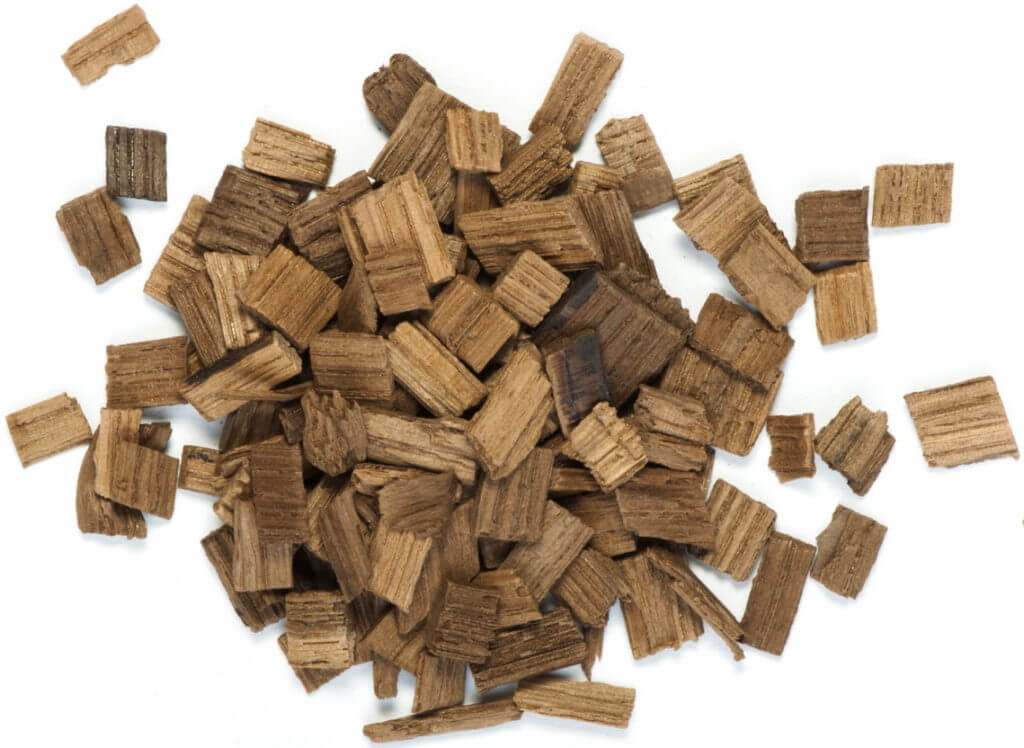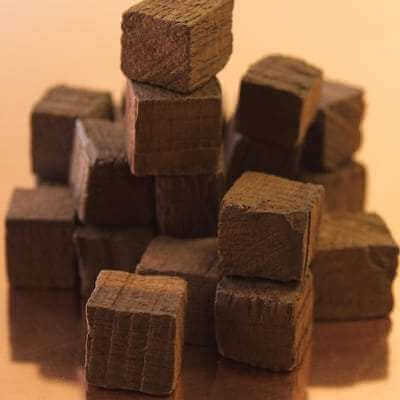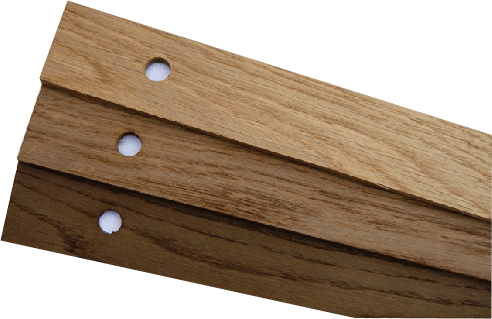Why Used Barrels?
updated 05/06/2021
I own two 54 liter barrels manufactured in 2010, making them 11 years old. Folks have asked me why I purchased used barrels.
Let me count the ways (reasons):
Benefits of Barrels in Winemaking
Barrels provide 3 functions:
Storage — Wine bulk ages in the barrel as it degases (wine is initially full of CO2 from fermentation) and clears (it takes time for suspended sediment to drop). Commercial wineries also use stainless steel tanks and (in some places) concrete tanks. Home winemakers most often use glass containers (e.g., 5 or 6 gallon carboys) and may use steel tanks. One thing to note is longevity — I know winemakers who have been using the same barrels for over 20 years.

Concentration — Water and alcohol evaporate through the wood, which concentrates the particles that are aroma and flavor. Barrel aged wine tastes richer. There is a cost for this — my barrels evaporate about 10% per year, so I need to start with nearly 16 gallons of wine to produce 14.25 gallons. Quality over quantity.
These 2 functions remain the same, regardless how old a barrel is.
Oak Character — Flavor and aroma leaches from the wood into the wine. This is a lot more complicated.
New barrels leach more character into the wine, so the wine can be left in for a relatively short amount of time before being over-oaked, e.g., the oak character becomes too strong and overshadows the other aromas and flavors. This timespan varies by barrel size — smaller barrels have a greater interior surface area to volume ratio, so the wine can be left in less time. It is generally recommended to age wine in in 6 gallon barrels only for 4 to 8 weeks. For larger barrels, the time span is longer.
However, the oak character is a finite resource. The more the barrel is used, the less character is left. I’ve read that it’s a half life situation — half the character is left after 1 year, a quarter at 2 years, and eighth at 3 years, etc. By the time a barrel is 5 years old, there’s little or no oak character left.
Barrels with no character remaining are called “neutral”.
When I purchased my barrels, that is exactly what I wanted.
Oak Adjuncts
I get Storage and Concentration from the barrels, but no oak character. To do that, I add oak adjuncts. These are oak products make from aged, toasted oak, that are added to a container of wine (doesn’t have to be barrels) to add oak character. Note that these products add only oak character to the wine — there is no concentration effect.
Oak chips — chips of toasted oak, can be light, medium, medium plus, and heavy toast. Each toast provides a different flavor profile. It’s generally necessary to drain the wine from the container to remove the chips, and it should be noted that the surface area of different batches of chips is not consistent, as the size of the chips is not uniform.

Oak cubes — dice sized cubes of toasted oak. These are a lot like chips, excepting the size of the pieces is much more uniform.

Oak staves — small oak planks that can be dropped into the wine. A lot of home winemakers use nylon fishing line to suspend the stave in the wine, making it easier to remove. These are also very uniform.

Oak spirals — cylinders of oak that are cut in a spiral pattern, increasing surface area. These are used much like staves.

Note that these are single use products. After one use (roughly 3 months) the best use for them is in the smoker, so you get 1 more use from them, although it’s not wine.
For those that want oak character (not everyone does), oak adjuncts greatly extends the life of the barrels.
The adjuncts also provide flexibility. My barrels are neutral French oak. Last year I added medium toast French oak cubes. This year I added medium toast Hungarian oak cubes. Each type of oak and toast level has different properties, and with a neutral barrel, I can vary this from batch to batch. I can also mix-n-match, e.g. add 1 oz heavy toast French oak, 2 oz medium toast Hungarian oak, and 3 oz medium plus toast American oak.
Summary
Using barrels gives me everything I want:
Storage — 14 gallons of wine is a large container; I’d have to use 3 five gallon carboys to replace it. Since the barrel is neutral, I leave the wine in the barrel a full year, until the following year’s wine is ready for the barrel.
Concentration — wine aged in a barrel for a year has different qualities to the same wine stored in glass. IMO the barrel aged wine is superior, so the loss of 10% of the wine to evaporation is a good trade-off.
Flexibility — I can add any oak adjuncts I want to a barrel, changing it from year to year. I can also change in mid-year, swapping in other oak adjuncts to produce the aroma and flavor I want.
Cost — A new 55 liter American oak barrel, costs about $325, while French or Hungarian oak are more. My used barrels were $40 each.
This doesn’t fit every winemaker’s needs, but it is something to consider.
